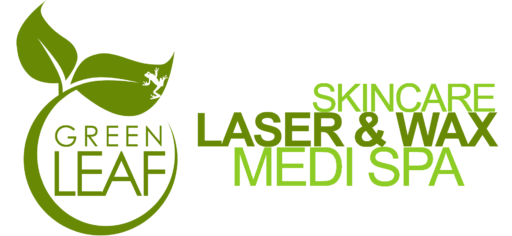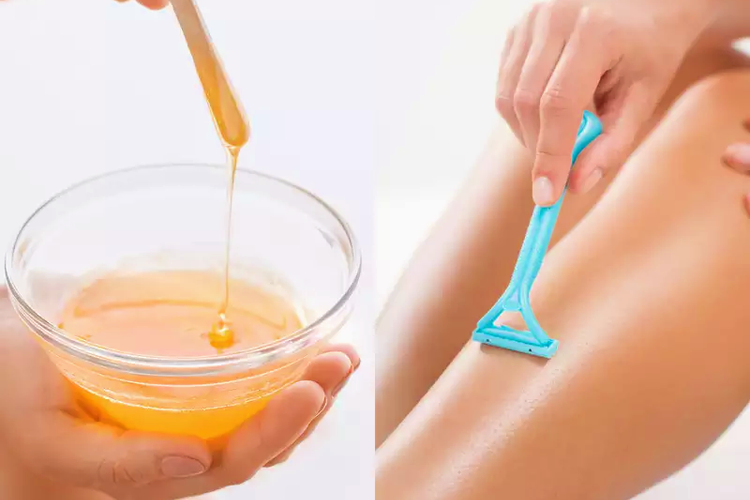To WAX OR NOT TO WAX
If it seems like you’re constantly shaving, you might be in the market for a better and longer-lasting way to get smooth, hair-free skin. Waxing may be an option, but some question how good this method is for your skin.
Turns out waxing can be a pretty healthy process, especially since more and more spas are using soy-based wax instead of waxes made from chemicals. A big advantage with soy, experts say, is that it bonds to the hair you’re trying to get rid of, rather than to your skin. The result is a less painful waxing experience and less overall damage to your outer layer.However, there are still some potential drawbacks. Hot wax is hot wax, no matter what it’s made out of – and your skin is vulnerable to heat. Also, waxing opens up the hair follicle, leaving you at risk for an infection. To protect yourself, make sure you apply an antibacterial cream to just-waxed spots.
You could try waxing at home, but it’s often easier said than done. If you’re not careful, you may end up wishing you had paid a professional to do the job. To avoid making a mess, consider reaching for pre-coated waxing strips instead of the pots of wax you melt yourself. The strips are easier to apply and often contain a soothing moisturizer as well. If you decide to forgo the strips, look for a sugar-based wax instead of a beeswax or paraffin mix.
If you have very sensitive skin, it’s best to look for a hypo-allergenic wax – or just stick to shaving. Waxing can put tender skin through the wringer, resulting in bumps and swelling. Shaving is less likely to irritate, especially when you do the following:
- Soften skin first in a warm bath or shower; then use soap or shaving cream.
- Use a sharp blade to avoid causing a rash.
- Shave in the direction your hair grows.
Since shaving is less likely to irritate your skin, it’s hard to say that waxing is the better choice for everyone. You’ll want to pick the system that works best for you and your body. Have you considered laser hair removal as an option?

